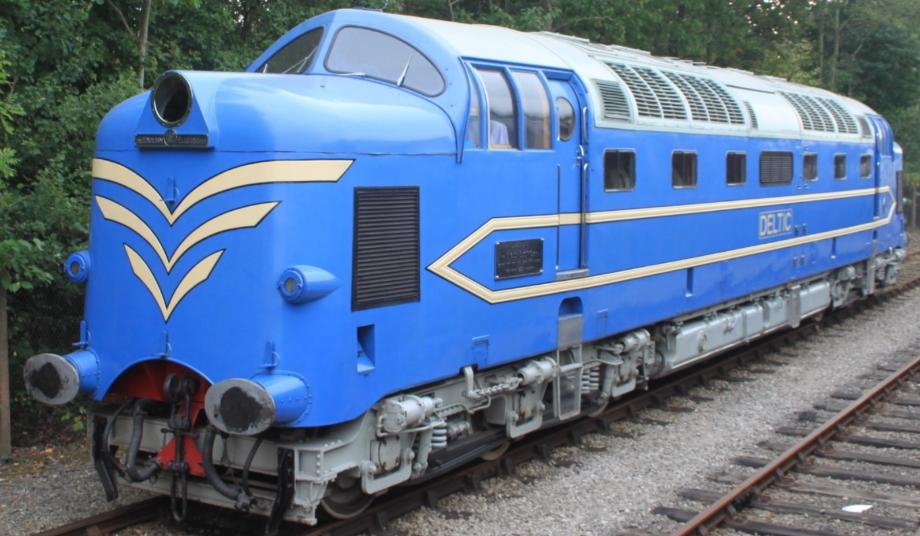Never pre-ordered anything like this before. It looks expensive.... but would this turn out to be a good price in the end?
I have seen more information on Hornby's diecast body, extra-expensive, DP1 model. It's very heavy by design, exceeding 1kg by report. Lots of features, and comes in three livery versions: as first trialled on the WCML; as then trialled, and subsequently operated on regular service turns on the ECML for 2 years, and exterior appearance once withdrawn from service and preserved in the Science Museum.
My opinion, it's a collector's piece.
Hornby have never produced a drive line for a mechanism carrying this much weight -
hopefully the Chinese operation contracted to deliver this model have the know-how based on experience of making similarly heavy centre motor models in HO for the North American market.
The reason behind my suggesting this, is that the sole centre motor twin bogie mechanism from Hornby that I have sampled is their Brush type 2, TOPS 30/31 reported as 450g all up weight, more than enough for traction, and I used salvaged mechanisms to power the superior Airfix GMR Brush 2 bodies. The mechanism failed on two fronts:
first, the brass bars in which the axle ends ran spread outwards until the loco derailed after 2 years operation;
then the clips on top of the gear tower disengaged after 2 to 3 further years operation.
It was possible to fix these weaknesses, and both mechanisms still run very well - acceptable for me who had purchased these mechanisms for next to nothing as they were mazak rotted (which had zero effect on the mechanism) - but just possibly unacceptable for a premium price? Thus I would want to see the mechanism construction in detail before even thinking about a purchase: to ensure that it has been adequately engineered for the proposed all up weight.
And also, as one who often adds weight to RTR OO models in order to deliver adequate traction, my layout has an array of models which place 500 to 600g loads on three closely spaced driven wheels, and this has proved enough to deform the pressed metal point blades of Peco code 100 streamline points if the layout is operated intensively. (And this is also fixable, just another factor it may be useful to be aware of.) Hornby won't think to test for that as they are a 'system brand', and if there is no problem when tested on their set track product, all is well with the world. (Likewise, I have no clue what such a loading might do to set track, as I ceased using it over fifty years ago, superannuated junk that it was back then, and no significant progress evident since. It is only fair to state that I have certain biases from past experience.)
So if you want to run a DP1, the Hornby version might not be ideal. But for those that have strong enough display cabinets, just the ticket.










